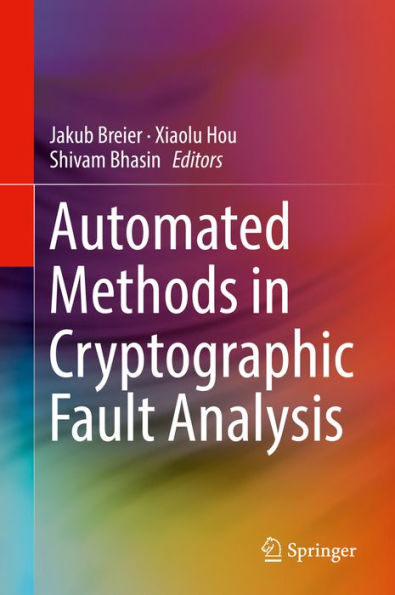This book presents a collection of automated methods that are useful for different aspects of fault analysis in cryptography. The first part focuses on automated analysis of symmetric cipher design specifications, software implementations, and hardware circuits. The second part provides automated deployment of countermeasures. The third part provides automated evaluation of countermeasures against fault attacks. Finally, the fourth part focuses on automating fault attack experiments. The presented methods enable software developers, circuit designers, and cryptographers to test and harden their products.
This book presents a collection of automated methods that are useful for different aspects of fault analysis in cryptography. The first part focuses on automated analysis of symmetric cipher design specifications, software implementations, and hardware circuits. The second part provides automated deployment of countermeasures. The third part provides automated evaluation of countermeasures against fault attacks. Finally, the fourth part focuses on automating fault attack experiments. The presented methods enable software developers, circuit designers, and cryptographers to test and harden their products.

Automated Methods in Cryptographic Fault Analysis

Automated Methods in Cryptographic Fault Analysis
eBook (1st ed. 2019)
Related collections and offers

Product Details
| ISBN-13: | 9783030113339 |
|---|---|
| Publisher: | Springer-Verlag New York, LLC |
| Publication date: | 03/19/2019 |
| Sold by: | Barnes & Noble |
| Format: | eBook |
| File size: | 32 MB |
| Note: | This product may take a few minutes to download. |
